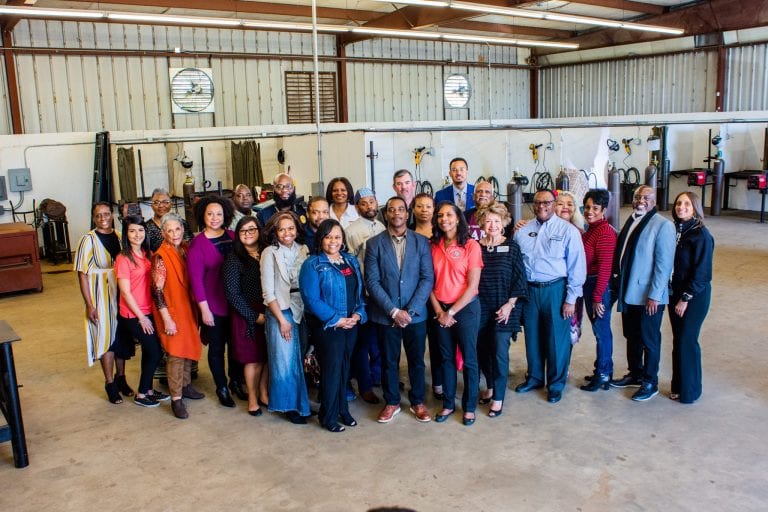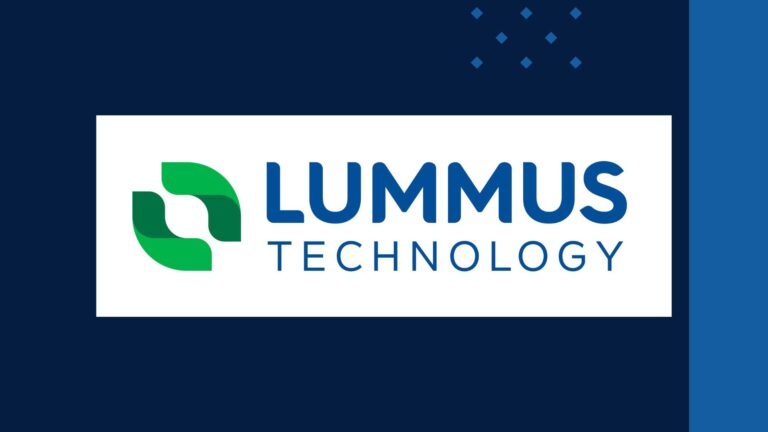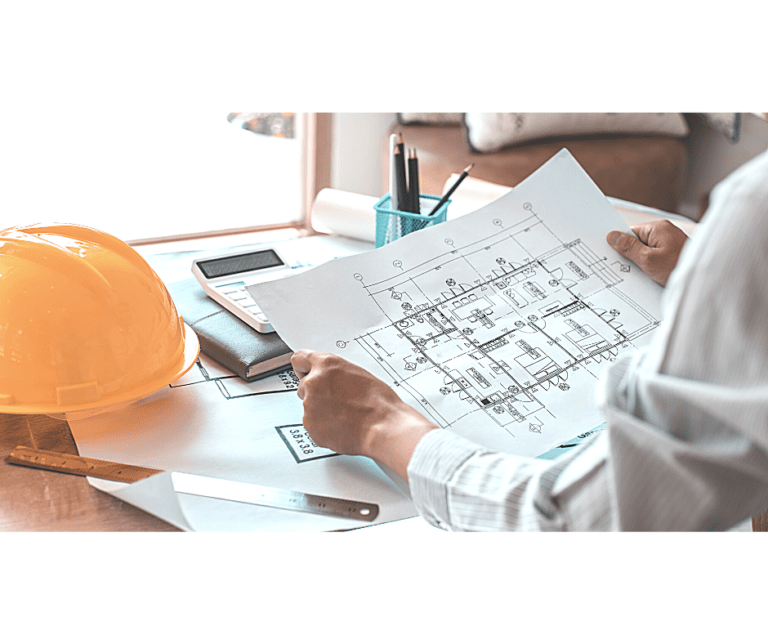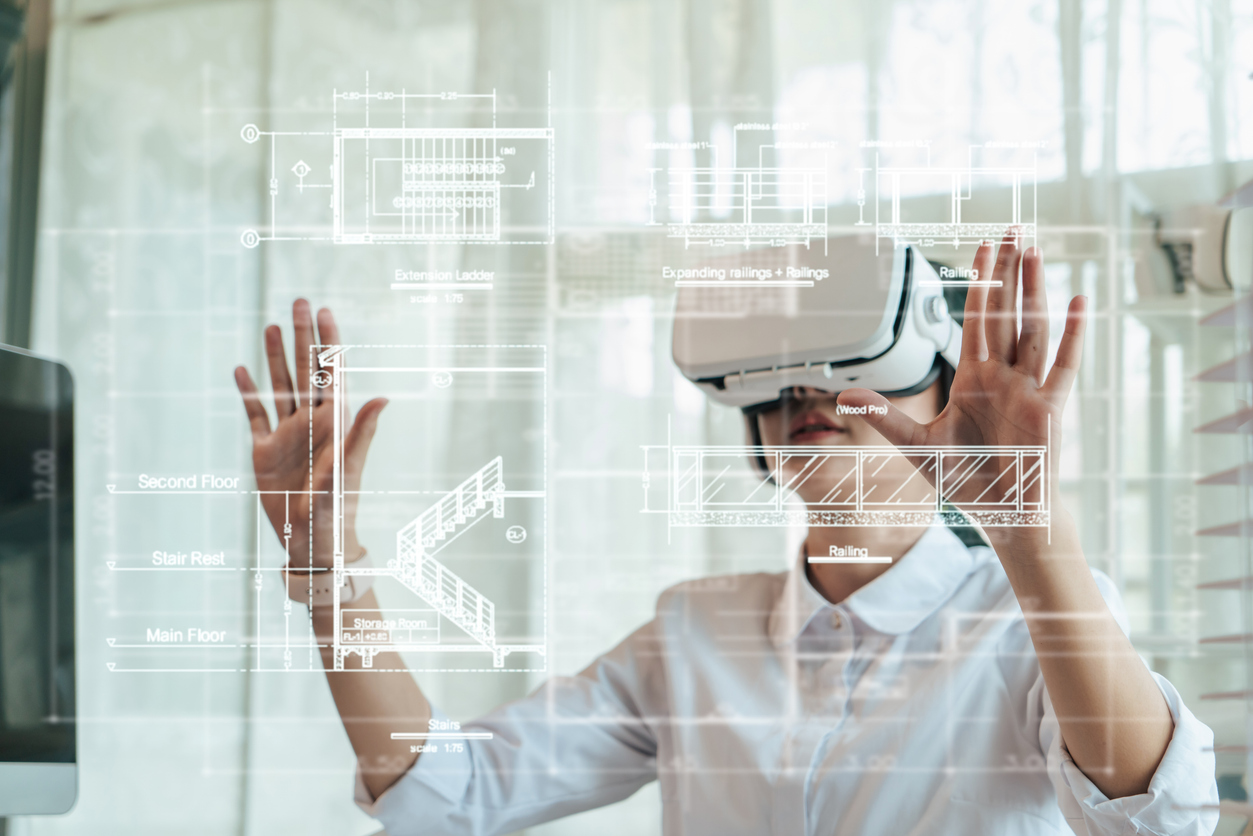
A new study published by the American Institute of Architects (AIA) explores the current adoption and use of artificial intelligence (AI) across the profession, as well as the opportunities and concerns about its increased use in the design and construction sector.
The report, Artificial Intelligence Adoption in Architecture Firms: Opportunities & Risks, is part of The Architect’s Journey to Specification series and was published in collaboration with Deltek and Construct Connect.
“AI is transforming the design industry, creating both challenges and opportunities for Building Product Manufacturers,” Derek Guffey, Assoc. AIA, LEED AP, Vice President of Sales, Building Product Manufacturers Segment, ConstructConnect. “This research offers key insights into AI and its impact on go-to-market strategies and product selection in this brave new world. The Journey to Specification serves as a guidepost for manufacturers planning for an AI-driven future.”
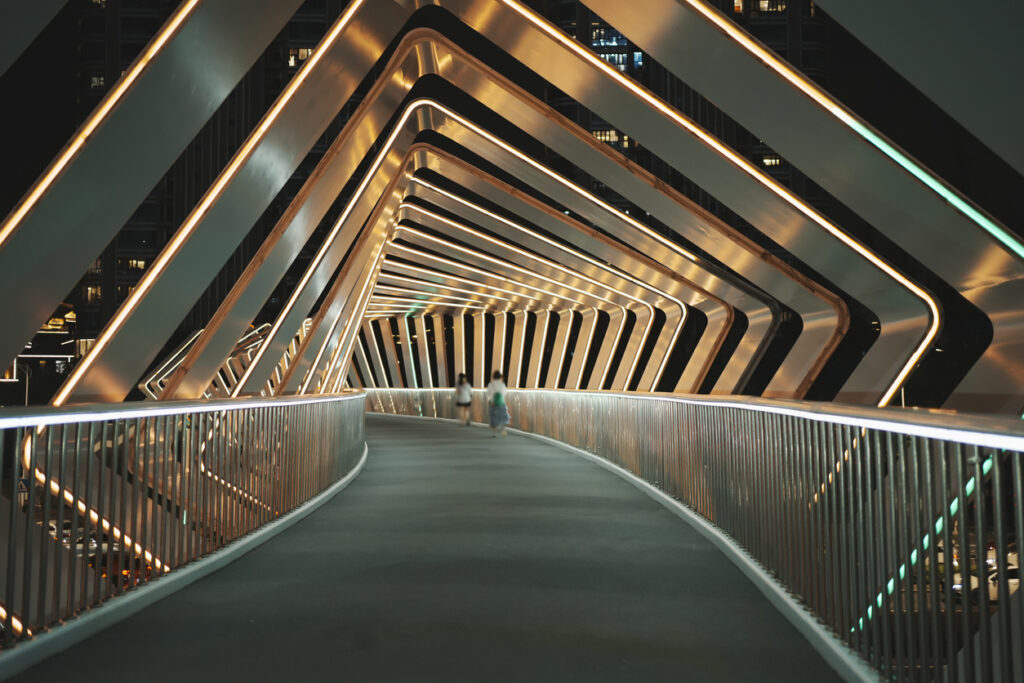
Key findings of the report include:
- Only 6% of the profession regularly uses AI for jobs. Most common applications are chatbots, image generators, and grammar/text analytics (e.g., correcting errors).
- Experimentation and usage of AI are driven significantly more by architects aged 50 or younger.
- More architects aged 35-50 have used chatbots, while more architects under 35 have used image generators.
- Overall, only 8% of firms have implemented AI solutions into their practice, with 20% currently working on implementing solutions. This is driven significantly more by large firms (50+ employees), the early adopters in this space.
- Architects are most optimistic about being able to automate manual tasks to save time and help with product research, according to 84% and 74% of respondents.
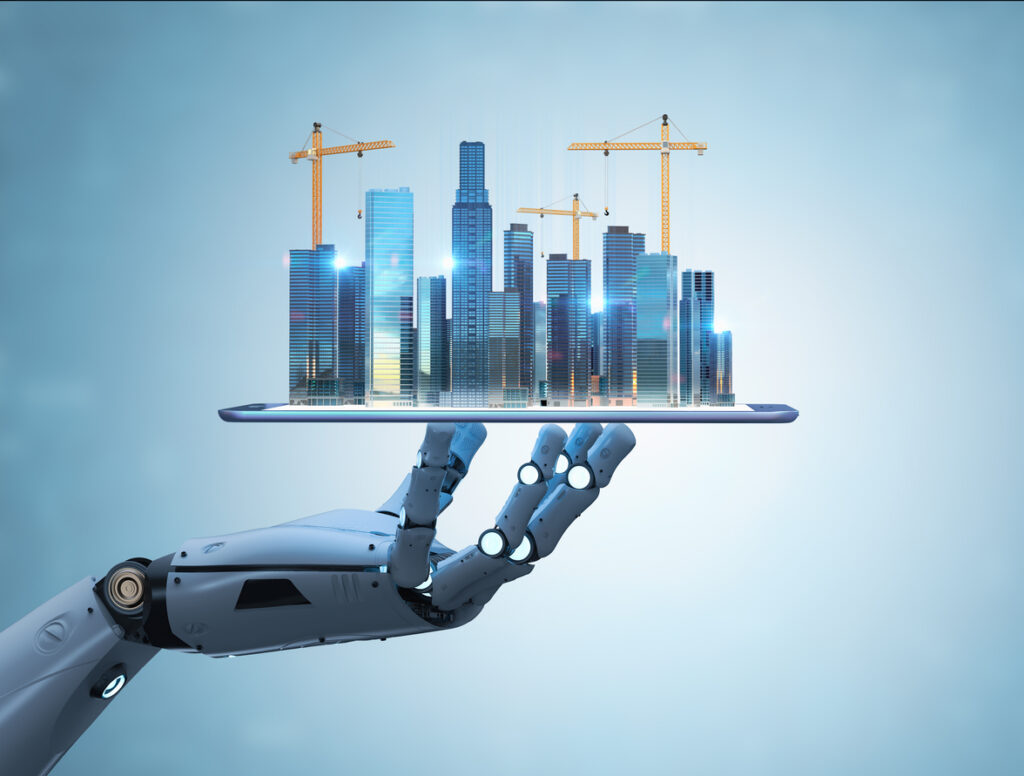
Nearly all (90%) of architectural professionals are concerned about:
o Inaccuracies of AI outputs (e.g., mistakes or misleading information)
o Unintended consequences (e.g., how data and models might be misused)
o Security (e.g., how data is stored and the potential for hacks)
o Authenticity (e.g., distinguishing human-made from AI-generated content)
o Transparency (e.g., where data is stored and how it is used)
“The future of architecture isn’t about AI replacing human creativity – it’s about AI enhancing it,” Chris Metropulos, AIA, CSI, LEED AP, Senior Director, Product Management, Deltek. “When we automate routine tasks, we create more space for innovation, allowing architects to focus on what they do best: designing spaces that create lasting value.”
Source: American Institute of Architecture (AIA)



